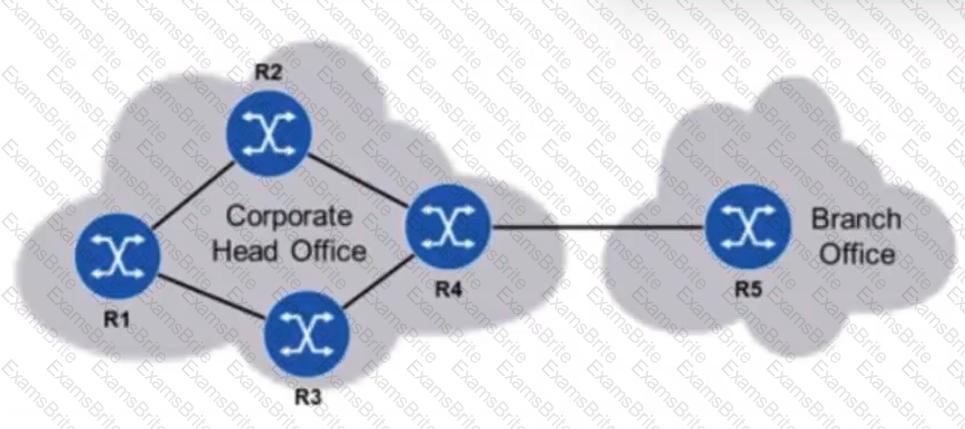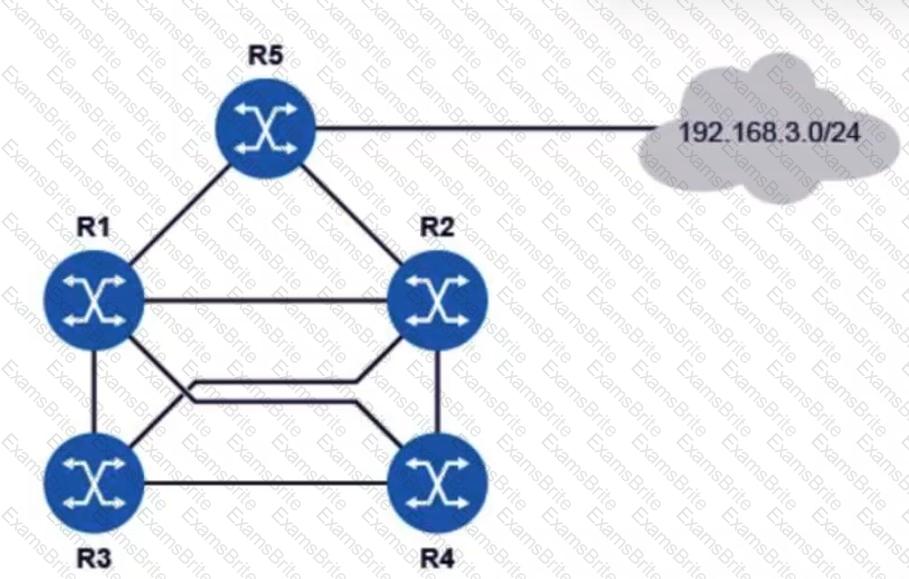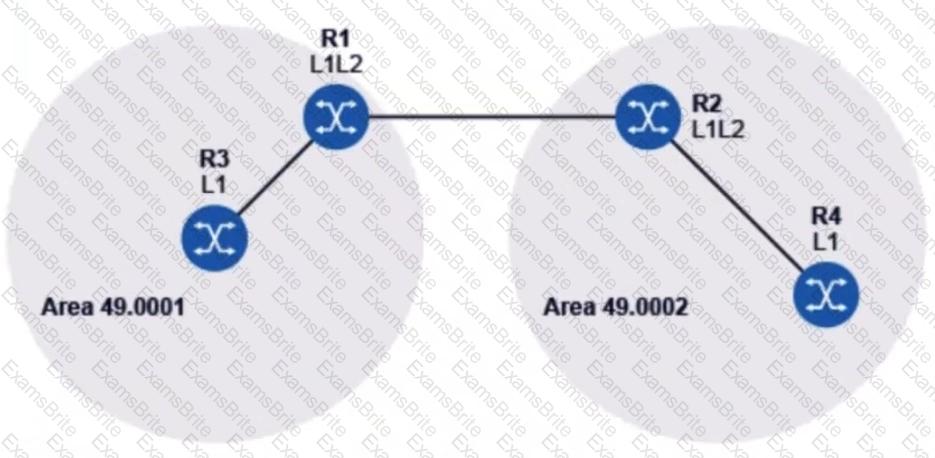
Nokia IS-IS Routing Protocol
Last Update Nov 30, 2025
Total Questions : 40
We are offering FREE 4A0-112 Nokia exam questions. All you do is to just go and sign up. Give your details, prepare 4A0-112 free exam questions and then go for complete pool of Nokia IS-IS Routing Protocol test questions that will help you more.




Static routing is to be used in a network between a corporate head office and a branch office. The head office has many connected subnetworks, whereas the branch office has one subnetwork and a single connection to the head office. Which of the following is the most likely configuration on the head office and branch office routers?
An IS-IS router receives a CSNP that references an older LSP than the one in its local database. What action is taken?

A static route has been configured on router R1 to reach the PC at 139.120.121.2.
What might be causing the ping to fail?
For a link-state routing protocol, which of the following statements about link-state updates is FALSE?

All routers in the diagram are running an interior gateway protocol (IGP) and have been configured with an ECMP value of 4. Router R5 advertises the prefix 192.168.3.0/24 using the IGP. Assuming all links have the same cost, how many entries for prefix 192.168.3.0/24 will be in router R3’s routing table?
A series of actions are triggered on a router as a result of enabling both loopfree-alternate for a link-state routing protocol and ip-fast-reroute. Which of the following is NOT one of those actions?
On a broadcast interface, an IS-IS router receives an LSP that is newer than the one on its database. Which of the following statements best describes the actions taken by the router as a consequence?

Routers R1 through R4 in the diagram have established IS-IS adjacencies. Router R1 is L1/L2 and is the DIS of its two broadcast interfaces. How many LSPs will it generate?
When using IS-IS in native mode for routing in a dual-stack IPv4/IPv6 environment, which of the following statements is FALSE?

Routers R1 through R4 are running an IGP in such a way that they have each other’s system IP addresses in their routing tables. A static route is configured on router R1 so that it can reach subnetwork 10.4.100.0/24. The network administrator decides to use an indirect static route, as shown in the diagram. However, pinging the server from router R1 fails. What may be the problem in this case?